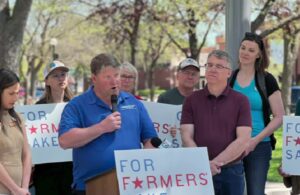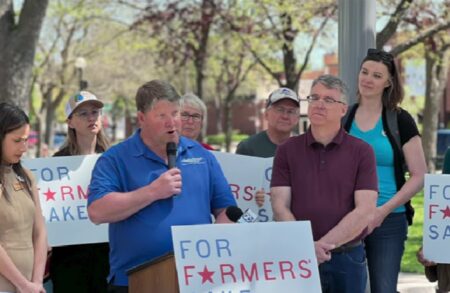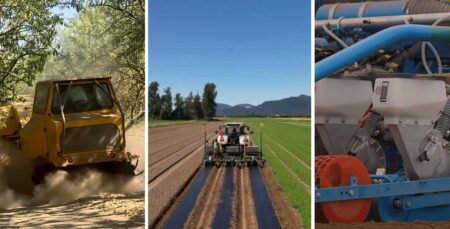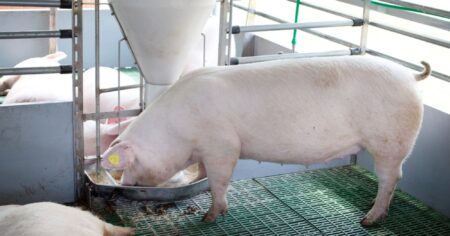The 180-year experiment at Rothamsted Research — the world’s longest-running agricultural trial — has revealed that long-term application of nitrogen and phosphorus fertilizers can significantly increase the amount of carbon stored in farmland soils, helping to mitigate climate change.
An international team of scientists led by Zhejiang University, China, together with partners at Rothamsted in England and the University of Bangor, analyzed samples from the Broadbalk Classical Experiment, which has been growing winter wheat continuously since 1843, and found that plots receiving nitrogen and phosphorus fertilizers contained up to 28 percent more soil organic carbon than those left unfertilized.
The study, published in Nature Geoscience, combined radiocarbon tracing, metagenomics and metabolomics to offer new insights into how fertilizers influence the complex chemistry and microbial life that control carbon storage in soil.
“Soil organic carbon is critical for climate regulation sustainable food production and soil health, but its decline in many agricultural soils has been deeply concerning,” said Dr. Andy Gregory, one of the co-authors of the study. “Our findings show that long-term mineral fertilization can actually enhance soil carbon sequestration, provided it’s managed carefully to minimize other unwanted impacts.”
The research found that nitrogen and phosphorus acted in distinct ways. Phosphorus alone boosted microbial activity and respiration — processes that release carbon — meaning that although microbial biomass increased, relatively little of it was converted into stable, long-lived forms of carbon. Nitrogen fertilization, by contrast, improved the efficiency with which microbes transformed plant material into more persistent “mineral-associated” carbon.
When applied together, nitrogen and phosphorus fertilizers produced the strongest effect: enhancing plant growth, promoting the conversion of short-lived “labile” carbon into more stable forms, and increasing both the quantity and durability of carbon stored in the soil.
A global meta-analysis by the team found similar patterns elsewhere. Across dozens of long-term fertilization trials worldwide, nitrogen and phosphorus were associated with average soil carbon increases of 21 percent and 13 percent, respectively. The benefits appeared to fade in the first decades of use, before strengthening again after about 30 years — suggesting that soil carbon gains from fertilization build slowly over time.
The findings, the authors say, underscore the importance of long-term research and careful nutrient management in designing climate-friendly farming systems.












